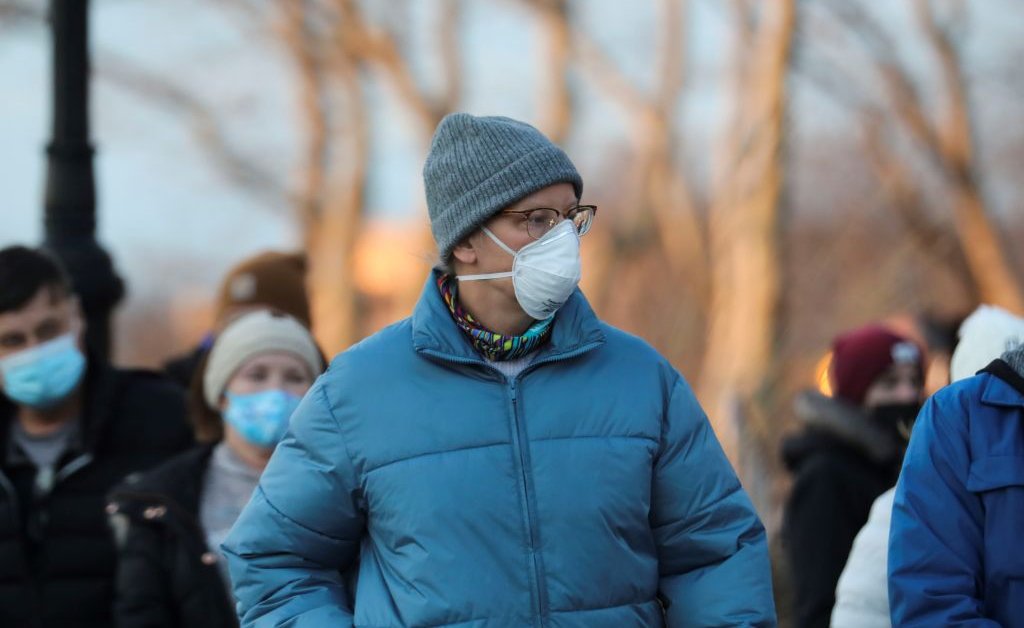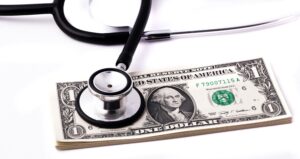
At the beginning of 2020, many of the world was terrified. Confronted with a novel, lethal pandemic virus, one thing most of us had not anticipated to expertise in our lifetimes, and witnessing the carnage the virus reaped in Wuhan, China, and Lombardy, Italy, international locations worldwide went into safety mode.
To scale back viral transmission and save lives, nations carried out pandemic management insurance policies. These included “check and hint,” isolation of contaminated individuals, quarantining of these uncovered, indoor masks mandates, and shutting numerous venues to try to cut back contact between people. Day by day life in lots of international locations modified drastically.
Since these first, bleak days of the early pandemic, we’ve had loads of time to replicate on the steps taken firstly of the disaster, when governments and their public well being advisers had been making emergency choices armed with little or no knowledge and data on a completely new sickness. This was the period earlier than we had developed the highly effective vaccines and medicines which have reworked the outlook for COVID-19. Whereas there may be definitely proof that these early group mitigation methods, which scientists name “non-pharmaceutical interventions” (NPIs), decreased the unfold of the virus, what would possibly shock you is how little effort there was to totally assess their affect.
Due to an absence of analysis on NPIs, we nonetheless can’t reply necessary questions like: which authorities measures had the best and the least affect? How did the sequencing and timing of those NPIs have an effect on their effectiveness? Which measures prompted extra hurt than profit? We’d like solutions to those questions so we will put together for the following pandemic, armed with higher information.
On the subject of NPIs, each indignant particular person on-line has a robust perception that if solely we had spent extra time selling masks carrying, been extra like Sweden with its government-sponsored healthcare and extremely beneficiant paid sick depart provisions, or executed one thing, something, higher than we did, we may have averted the mass dying, incapacity, and orphanhood that COVID-19 prompted. Nevertheless, given the dearth of knowledge, it’s remarkably exhausting to know precisely how we may have used NPIs extra successfully.
Learn extra: The Pandemic Will Be Over When Individuals Suppose It Is
Essentially the most strident critics of presidency interventions and of public well being measures throughout COVID-19 go as far as to say that the “treatment was worse than the illness”—that’s, they assume NPIs killed extra individuals than COVID-19 itself. Our analysis discovered no proof for this assertion; we discovered that letting the virus rip by means of the inhabitants in an uncontrolled approach was a lot deadlier, no less than within the brief time period, than probably the most stringent NPIs, akin to shelter-in-place orders.
However, as we beforehand argued, extremely restrictive NPIs clearly prompted harms. For instance, extended shelter-in-place orders had been linked with a rise in dangerous alcohol use and home violence. Nevertheless, there was little in the way in which of analysis on the trade-offs—that’s, on understanding the stability between the harms of uncontrolled viral transmission versus these of NPIs. And it will also be very tough to tell apart the impacts of the pandemic itself from the harms of NPIs. There’s little doubt, for instance, that extended faculty closures affected youngsters’s psychological well being, however so did shedding a mother or father or different caregiver to COVID-19.
With all NPIs, once you begin digging into the analysis proof, the image isn’t at all times clear reduce. Take masks. From a primary science perspective, masks work—they filter the particles that we breathe. Excessive filtration masks, like N95s, work higher than surgical or material masks. Masking supplies fairly a little bit of safety for the individuals carrying them in opposition to respiratory ailments, and may assist cut back transmission from an contaminated particular person to others.
In concept, then, if each particular person on the earth had worn a high-quality masks 24/7 for a number of weeks the COVID-19 pandemic would have been, if not over, then no less than considerably slowed. However in follow, the intervention that we carried out was not some good ideally suited of mask-wearing, wherein everybody persistently wore a well-fitting N95 in each state of affairs. Throughout surges, not everybody masked indoors, not everybody wore N95s, and people who did put on a masks might have worn them imperfectly (we’ve all seen individuals carrying masks with their noses uncovered, and even with their masks hanging round their necks).
When researchers have assessed masks carrying underneath “actual world” circumstances, the impacts have been smaller than research executed underneath good circumstances. The largest actual world randomized trial ever run, in Bangladesh, studied the affect of giving individuals free surgical masks mixed with promotional actions at mosques, markets, and different public locations. The intervention led to masks utilization greater than doubling (from 13% in villages with out the intervention to 42% in villages with the intervention) whereas the discount in COVID-19 circumstances was solely 9%. This modest discount in infections is in step with the reductions seen in different, smaller actual world research.
What about different NPIs like giant occasion bans or shelter-in-place orders? Many individuals aren’t conscious that the effectiveness of such NPIs decreased dramatically between 2020 and 2021, regardless that the NPIs had been typically stricter in 2021 than they had been earlier than. As individuals reported decrease compliance with authorities restrictions, the variety of circumstances that every NPI prevented fell. It’s fairly doubtless that implementing, say, a ban on giant gatherings, was more practical in 2020 than within the following years just because individuals had been already altering their behaviour in response to the pandemic anyway.
Then you possibly can add further complexity on prime of that. A brand new impartial report from Australia into the nation’s pandemic response exhibits exactly how sophisticated evaluating our choices might be. Because the report notes, Australia has seen some spectacular successes over the last two years, however there are additionally many areas the place the pandemic response was carried out poorly. Whereas shelter-in-place orders (“lockdowns”) had been efficient, a few of these orders and border closures had been avoidable. Deprived individuals throughout Australian society had been probably the most closely impacted each by the virus and the NPIs put in place to mitigate it. One of many key arguments within the report is that even the simplest NPIs had prices, and people prices weren’t solely unfairly distributed but additionally may in all probability have been prevented. We may have decreased the harms of NPIs whereas additionally maximizing their advantages.
Now, this report relies on Australia, nevertheless it’s straightforward to see how the identical concept applies the world over. College closures had been partially dangerous as a result of low-income youngsters typically didn’t have prepared entry to laptops and high-speed web, which is one thing that governments may have addressed. Many outbreaks internationally disproportionately affected important employees who couldn’t keep dwelling, together with well being employees, bus and prepare drivers, and other people working within the manufacturing and processing of meals, however governments typically did little to enhance circumstances of their workplaces till it was too late. The shortage of federal paid sick depart within the U.S. was an enormous hindrance to controlling COVID-19. In some international locations, individuals who needed to isolate or quarantine weren’t given monetary or meals help, making it a lot tougher for them to conform. Too few locations instituted what Tufts College epidemiologist Ramnath Subarraman and colleagues name “humane shelter at dwelling,” a time period that highlights each the general public well being advantages of shelter in place and likewise the necessity to present social protections—akin to earnings help—that assist susceptible populations climate the storm.
However the issue with all this complexity is that it’s anathema to the tedious simplicity that surrounds most COVID-19 retrospection. It’s straightforward to argue that ill-defined “lockdowns” have prompted unimaginable hurt, or that even probably the most excessive, ongoing NPIs are an ideal concept. It’s, nevertheless, far tougher to ask tough questions like “When is it affordable to shut colleges resulting from infectious ailments?” or “Do stay-at-home orders have a marginal profit or hurt when coupled with a variety of different NPIs?” and even “Might we’ve got achieved the identical discount in circumstances with much less damaging interventions?”.
Sadly, tough questions don’t win any political factors, regardless that they’re a very powerful ones to reply. Think about if the following pandemic comes alongside, and it seems to be uniquely dangerous to youngsters, we’ve got no alternative however to shut colleges, however we’ve made no progress on methods to mitigate the harms of faculty closures—it could be a completely preventable catastrophe. Till we will begin having public discussions that target determining the easiest way to fight a pandemic slightly than assigning blame, we’re by no means going to know what to do when the following novel virus comes alongside.
Which is an issue, as a result of one factor just about each professional agrees on is that we’ll face one other pandemic similar to COVID-19, or much more lethal, in some unspecified time in the future sooner or later. Hopefully, we will prepare for it.
Extra Should-Reads From TIME



